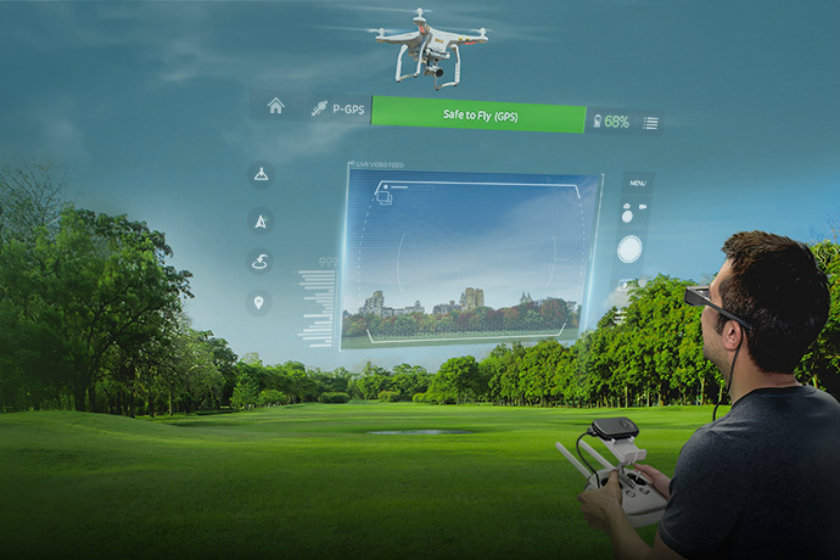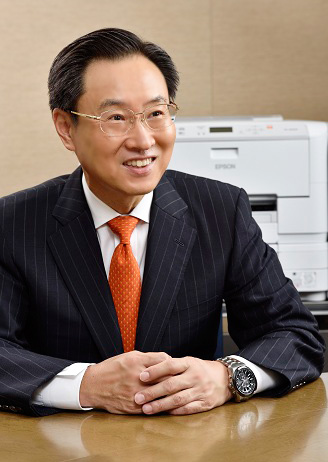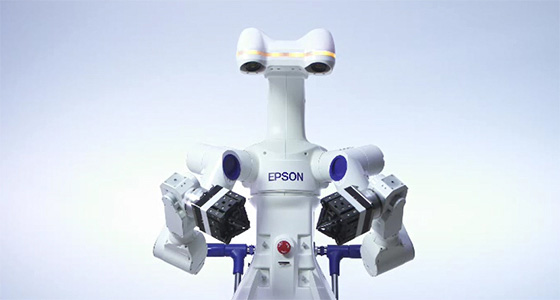
How will technology change the workplace of the future?
The introduction of technology in the workplace will allow people to be more creative and imaginative. It will also help reduce the amount of routine work that people do. This is the kind of workplace that Epson is trying to create, where people will be able to communicate freely and use their imagination to perform their work. Technology will also alleviate factors such as expense and environmental concerns.
Can you give an example of alleviating an environmental concern?
People really like using paper and think it aids their imaginativeness, but it is an environmental concern. How could technology remove the environmental concern of using paper that helps people in their productivity and imaginativeness? In response, we launched Japan PaperLab, a papermaking system that turns waste paper into new paper.
How important are environmental technologies to Epson?
Epson has put a lot of effort into environmental technologies over the years and every product is designed with environmental factors in mind. Our whole company is based on our Sho Sho Sei principles: to develop products that are efficient, compact and high precision. All our products are based around these principles and by their very nature, they are energy saving and contribute to the environment.

How important is Epson’s robotics business?
The concept of our robotics business is to use Epson robots to perform manual or repetitive tasks usually performed by people thus allowing them to concentrate on more creative tasks. We are now putting a lot of effort into growing our robotics business. We want to take it further by combining robots with smart technologies so that the robots can perform more complex tasks. Robotics will have positive effects all round.For example, it will allow everybody to have a little factory in their backyard and will also contribute to the reshoring of industries to developed regions such as Europe.
When will on-demand 3D printing be a reality?
3D printers have been a big topic for a few years. The ones on the market now are very limited in the kinds of items that they print – plastic models, cups and so on. There are three main barriers to 3D printing at the moment: the kind of materials that can be fired from the printers, precision and productivity. Epson is researching in all these areas and hopefully we will be able to create a 3D printer that addresses these concerns and that can actually be used in production. The main impact of 3D printing will be in volume manufacturing: 3D printers manufacturing components for industrial products.
“Epson was the first company in the world to declare that it would not use CFCs in its production processes. Environmental concerns are a very important part of our product design and development process.”
How can Epson printing technologies improve productivity?
To date, laser printing has been the mainstream technology of choice in the office. However, it has several drawbacks such as cost, toner dust, electricity consumption, etc. Switching to ink-jet printing is going to have a major impact on office efficiency. We have spent many years developing Precision Core, an ink-jet technology which works on an extremely fast 100 PPM solution that dramatically reduces electricity consumption and costs.
Any other technology to mention?
Projection technology can also contribute to the workplace by bringing people together. We want to use projection as a tool to introduce seamless communications between people in different locations. We are working on solutions that are like a kind of virtual office, where you will be speaking to somebody in a remote office but feel as if they are next to you.

What about the Epson Moverio Smart Glasses?
Moverio is an excellent example of how technology can contribute to people’s imaginative powers and also increase their efficiency. Moverio allows us to superimpose digital images on the real world that we are looking at.
For example, it allows people to repair extremely complex pieces of machinery hands-free, by having the instructions on their eyes in front of them, or have people speaking to them remotely. Another example: lots of old buildings are not in a great state of repair, so you can use this digital technology on top of the actual image to be able to imagine what the building was like several hundred years ago. There is also a lot of demand for Moverio from people who use drones. They can see exactly what the drone is looking at in real time.
How much does Epson invest every year in research and innovation?
Our policy is to spend around five to six percent of our annual revenue on R&D.
There are 4 areas of focus under the Epson 25 vision: ink jet, visuals, wearables and robotics. Other areas of focus for us will be software development and materials technology.
What do you find most exciting about your current role?
Creating products that contribute to efficiency and people’s lifestyles. I find really exciting and challenging the idea of making things that make the world a better place. It is the excitement of creating new technologies and generating new value for the world that really gets me inspired![]()









